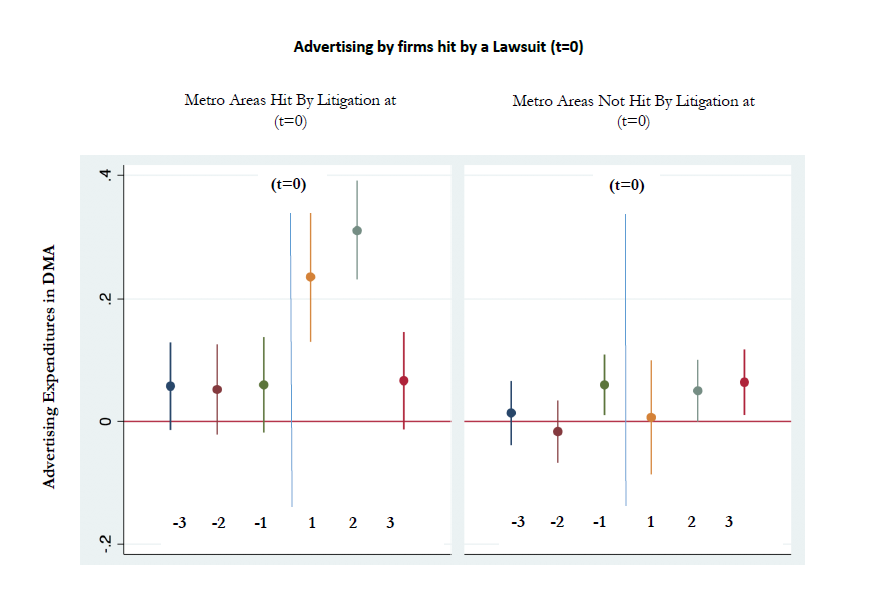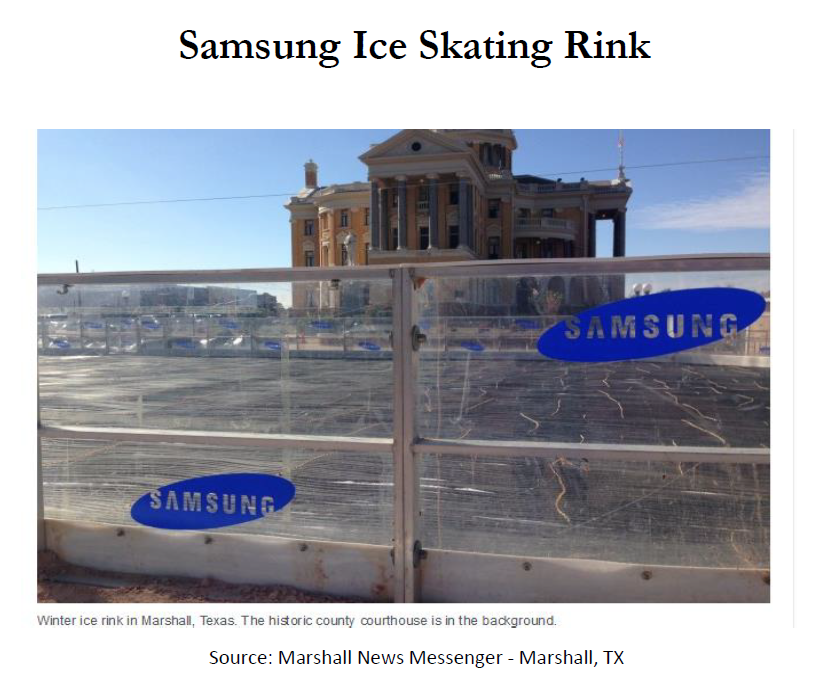Lauren Cohen is the L.E. Simmons Professor in the Finance & Entrepreneurial Management Units at Harvard Business School and a Research Associate at the National Bureau of Economic Research (NBER); Umit G. Gurun is professor of accounting and finance at the University of Texas at Dallas. This post is based on their recent paper.
Firms are legally obligated to operate within the standards of their operating jurisdictions. Even so, and despite the fact that firms spend substantial capital in order to stay within this legal framework, infractions occur. While many of these infractions are settled privately, a large number do make it into the court system to be adjudicated. These tend to be larger stakes cases (from a value-weighted perspective) for the firms involved. Moreover, the U.S. legal system is founded upon the notion that a jury of one’s peers can conduct an arms-length review of a case adjudicating the guilt (or lack of sufficient evidence for guilt) of the alleged legal infraction. However, the moment that a party is sued, it has a clear incentive to influence the jury in its favor. Much of this convincing takes place inside the courtroom. However, one power that large, publicly facing, and well-funded organizations have at their disposal is to do so also outside of the courtroom.
In our paper, Buying the Verdict, we document strong evidence for one form of that influence—namely, we find that firms systematically increase specialized, local advertising when it is taken to a court-trial in a given location—specifically in the geographic location of the court deliberation, and precisely following initiation of the suit.
In particular, we use legal actions brought against publicly traded firms over the 20-year sample period that progress to trial from 1995-2014 to explore firms’ advertising responses. In terms of magnitude, firms’ increases in local, targeted advertising are sizable: local advertising increases by 23% (t=4.39) following the suit. Moreover, they decrease this advertising back to baseline levels following the suit completion (on average roughly 3 years later). To concretize this, assume we find that Walmart is sued in Akron, OH in 2001. We see a large spike in Walmart’s advertising in Akron directly following the suit. We see no abnormal movement in Walmart’s advertising policy or spending leading up to the suit. Additionally, Walmart does not increase advertising following the suit in Toledo, OH (a similar sized market with similar growth rates leading up to 2001). Moreover, Target shows no abnormal move in the same sued-location, Akron, OH, at the exact same time that Walmart is ramping up advertising (so it has nothing to do with a general location-time effect).
See Figure 1 below illustrating this over our entire sample:
The left panel shows the advertising expenditures of firms leading up to, and following, being sued in a given location. The right panel shows advertising of the exact same firms at the same time, only in cities not hit by litigation.
Taking a step back, to get a feel for what take the case of Samsung. Samsung is the most sued firm in the Eastern District of Texas Federal District Court—coming nearly entirely from patent infringement allegation cases, and has been driven in recent decades by the rise in NPE activity (Cohen, Kominers, and Gurun (2016)). Patent infringement litigation trials are unique in that nearly all are adjudicated with a jury (as opposed to bench trials (i.e., decided by the judge)—Lemley (2013)). Moreover, the stakes of these cases have been large—in the tens to hundreds of millions of dollars of awarded damages against the firm, with many suits still ongoing (Fish and Richardson (2016), Klerman and Greg Reilly (2016)). How has Samsung responded to this spate of allegations? Besides spending large amounts to launch legal defenses against the infringement claims, we have seen it make a number of other deliberate decisions.
First, each year Marshall Texas holds a locally famous Winter Festival (the Marshall Winter Festival). Following generous Samsung sponsorship, that festival began with the Samsung Holiday Celebration Show. Secondly, Samsung paid for the construction of the Samsung Ice Skating Rink in Marshall, Texas. The Samsung Ice Skating Rink is not only the sole outdoor ice-skating rink in all of Texas (for clear reasons), it is located directly outside the front of door of the District Courthouse (Figure 2), visible to all jurors who enter. Third, Samsung sponsored numerous High School Scholarships. For example:
- The Samsung General Scholarship;
- The Samsung Math and Science Scholarship; and even,
- The Samsung Football Scholarship.
A requirement to receive one of these scholarships was attending high school in Marshall, Texas or one of the surrounding towns to Marshall. Samsung’s spending pattern, its initiation solely following the firm’s legal suits in Marshall, and its focus on the local community, make this an interesting example of a firm (by revealed preference) thinking it optimal to make these time-, and region-focused investments. What we find in this paper is general evidence across time, location, and firms, of corporations engaging in this “influencing of the verdict,” behavior.
Digging deeper into this behavior, we find that firms concentrate these strategic increases in locations where the return on their advertising dollars are largest: in smaller, more concentrated advertising markets where fewer competitor firms are advertising. They focus their advertisement spikes specifically toward jury trials, and in fact specifically toward the most likely jury pool. Importantly, we document that these advertising spikes are associated with verdicts, increasing the probability of a favorable outcome.
Stepping back, the sum of our results implies that firms are having a subtle, potentially important, impact on case outcomes through their strategically-targeted actions outside of the courtroom. The fact that this behavior is: i.) robust across time, firms, and locations, ii) lines up across strategic dimensions of the behavior, and iii.) is strong and robust through present-day, suggests that it is worth examining more closely as litigation against firms continues to rise. Given our results, policy makers should contemplate this mode and channel of influence, and whether it should play a role in the legal process.
The complete paper is available for download here.
 Print
Print
